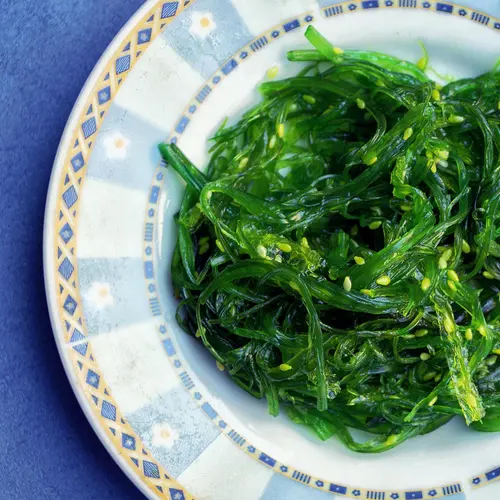The kokum tree (Garcinia indica) grows in areas of Asia and Africa. It is also known as wild mangosteen or red mangosteen. Kokum butter refers to the kokum fruit’s seed oil, which is solid at room temperature, as well as pale and gray or yellow in color.
Kokum butter is most often used topically as an ingredient in skincare products. Much like shea butter, it has moisturizing properties and is less likely to clog the pores than something like cocoa butter. It has a high melting point and melts slightly when it comes into contact with skin. This makes it a desirable ingredient for lip balms, soaps, and moisturizers.
Kokum butter is also edible. It is an ingredient in some curries and candies as an alternative to cocoa butter.
Health Benefits
There is little research on kokum butter. However, some research does show promising effects and benefits to using kokum butter. In addition to working as a moisturizer, it may provide the following health benefits:
Antioxidant, Anti-Inflammatory, and Antibacterial Properties
The rind of the kokum fruit may be medicinally effective. Garcinol, its main component, has demonstrated therapeutic anti-cancer, anti-inflammatory, and antioxidant potential. Antioxidants can stop cell damage that can lead to serious diseases such as cancer.
One study of an extract made from the bark of the kokum tree found it to have antibacterial properties.
It is unclear to what extent, if any, these attributes extend to the fruit’s oil. However, many folk medicine traditions use kokum butter in wound care.
Diarrhea Relief
Kokum butter also has been used as a remedy for diarrhea in folk medicine. However, no scientific research proves this claim yet.
Nutrition
Kokum butter is rich in vitamin E, an antioxidant that benefits skin, eye, and immune system health.
It’s also an excellent source of:
- B-complex vitamins
- Potassium
- Manganese
- Magnesium
Nutrients per Serving
A 1 tablespoon serving of cocoa butter contains:
- Calories: 120
- Protein: 0 grams
- Fat: 14 grams
- Saturated Fat: 8 grams
- Carbohydrates: 0 grams
- Fiber: 0 grams
- Sugar: 0 gram
The chemical composition of kokum butter is most similar to cocoa butter, which is why it is sometimes used as an alternative.
Portion Sizes
Like all foods that are high in fat, you should only consume kokum butter in moderation and as part of a balanced diet. Carrying excess weight can lead to health problems including cardiovascular disease.
How to Use Kokum Butter
Because kokum butter is hard at room temperature, it is often combined with other oils in both culinary and skincare applications. In order to blend it, you will need to melt the oil before combining it.
Kokum butter can be difficult to find. Relatively few retailers in the United States carry the butter. However, the dried kokum rind’s growing popularity as a weight loss aid could result in an increased supply of the fruit, making it easier to find in the future.
Here are some ways you can incorporate kokum butter into your beauty routine and cooking:
- Whip kokum butter into a body butter
- Grind kokum rind (solam) and add it to curries and chutneys
- Make kokum juice
- Add sun-dried kokum to dishes a sour kick
- Use kokum as a substitute for tamarind in recipes
- Mix up a kokum shampoo

